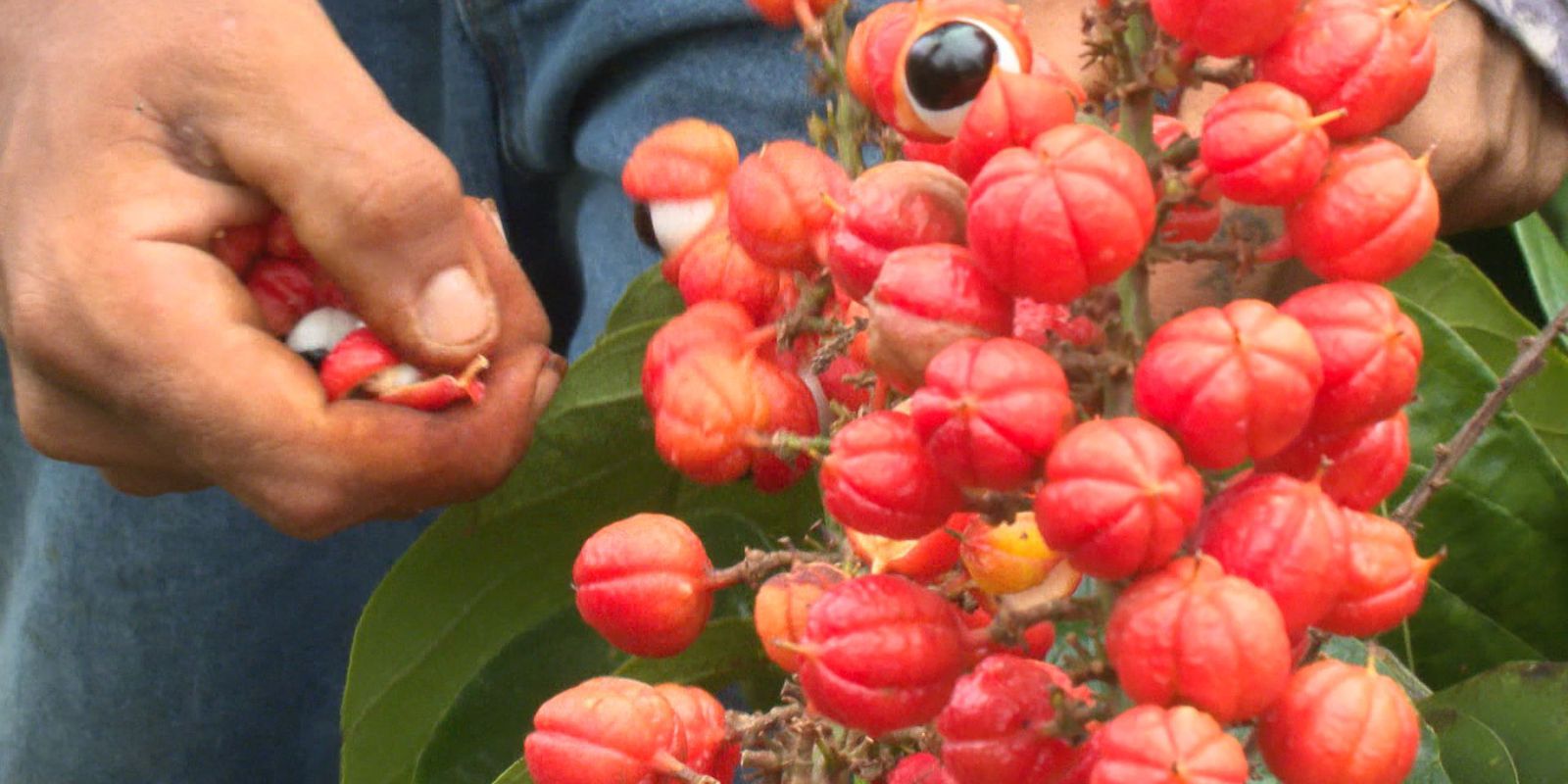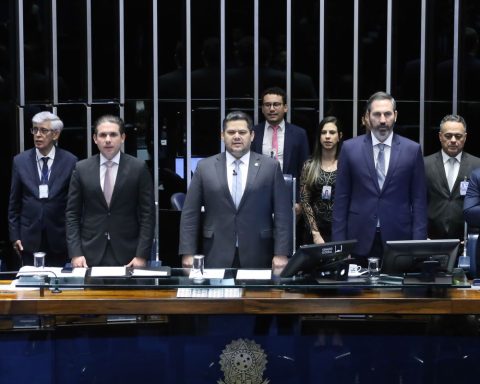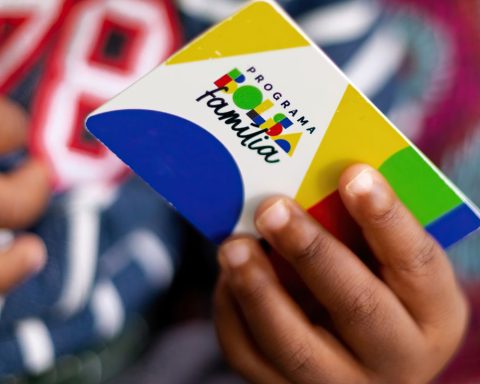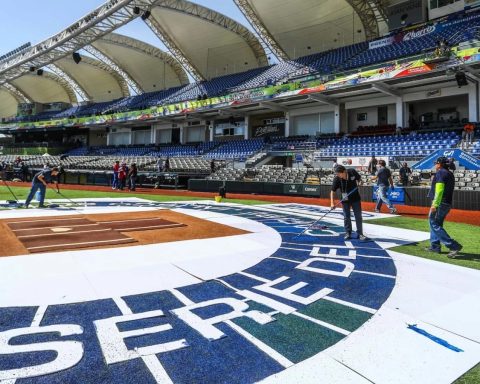Guaraná from the municipality of Maués is reputed to be the best in the world – or, at least, that’s what those who live in the city, in the heart of the Amazon, guarantee. The team of Reporting Paths traveled to the region to find out why the product there is so well known, to the point of having won the Geographical Indication seal, which highlights the place for the quality of the guaraná produced.
The red fruit that looks like an eye is grown in the region by small producers. The work is not easy: after harvesting, the pit is removed, washed, roasted and ground. Toasting alone takes up to 8 hours. Maués became the largest producer of guarana in the country, but today the Amazon accounts for only 18.4% of production, losing to Bahia, with 67.7%, according to 2021 data from the National Supply Company (Conab).
The hard work was not rewarded before: a kilo of the product already cost R$ 5. With certifications, such as the Geographical Indication and the Organic seal, they managed to increase the price nine times: today, they sell a kilo at R$ 45 .
“Guarana is everything to me, the love we have for the product makes it one of the best we have in the world”, says Adeílson Gomes de Souza, known as Dedeco, who is president of the Guaraná Producers Association of Geographical Indication of Maués.
The permanence of guarana producers in the rural area of Maués also impacts the maintenance of Amazonian traditions, such as the possum. The musical rhythm got its name because of the drum that is made by the musicians themselves. “The gamba is a drum, but it is gamba in our Sateré-Mawé language”, explains musician José Carlos de Cardoso, known as Iracito.
The word guarana comes from the Sateré-Mawé indigenous language, a modification of waraná, which means “the source of wisdom”. The fruit was already planted in Brazil by the Sateré-Mawé and Munduruku indigenous people when the Portuguese arrived here. The traditional form of guarana is still made there: the stick, which is modeled from the pounded dough and then grated on the pirarucu tongue, which when dried becomes hardened.
The population’s relationship with guarana in Maués also draws attention to a local characteristic: longevity. According to a study by geriatrician and gerontologist Euler Ribeiro, 1% of the municipality’s population is over 80 years old, surpassing the national average of 0.5%. And the red fruit can have an effect on this data: “guarana is a cerebral vasodilator, maintains memory, prevents sarcopenia, which is the loss of muscle fibers with aging, prevents breast cancer in women, prostate cancer in men and gives a lot of energy”, explains Ribeiro.
In Maués, guarana is found in schools, restaurants, fairs, handicrafts, and in the daily life of the population. This Sunday (25), the program Reporting Pathsgives TV Brazilwill tell these and other stories in the episode Guaraná: the eyes of the forestwhich airs at 10 pm.
Datasheet
Reporting: Ana Graziela Aguiar
Film reporting: Gilvan Alves
Technical assistance: Alexandre de Souza
Production: Clayton Freitas
Text editing: Carina Dourado
Image editing and finishing: Jerson Portela and Rivaldo Martins
Art: Julia Gon

















